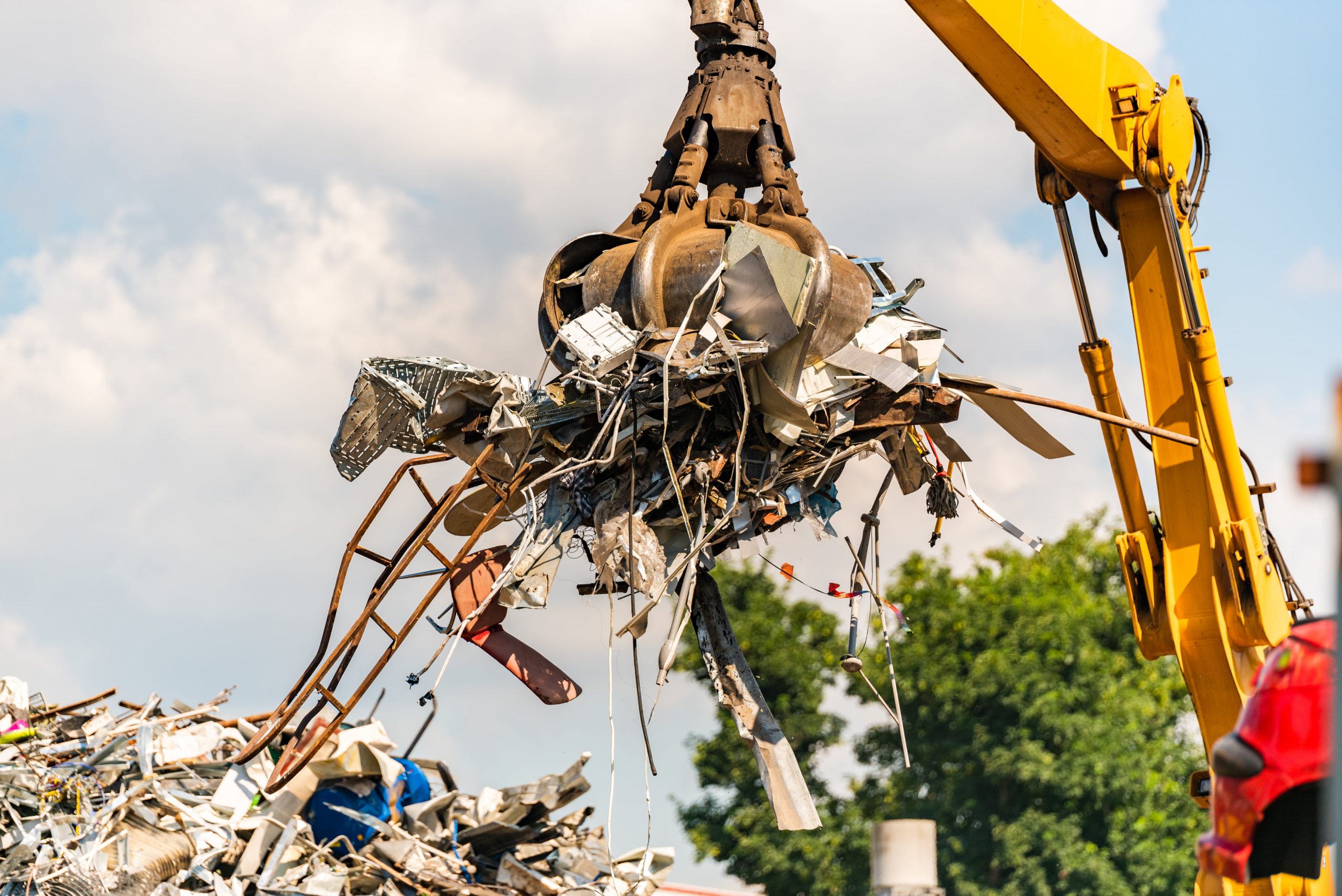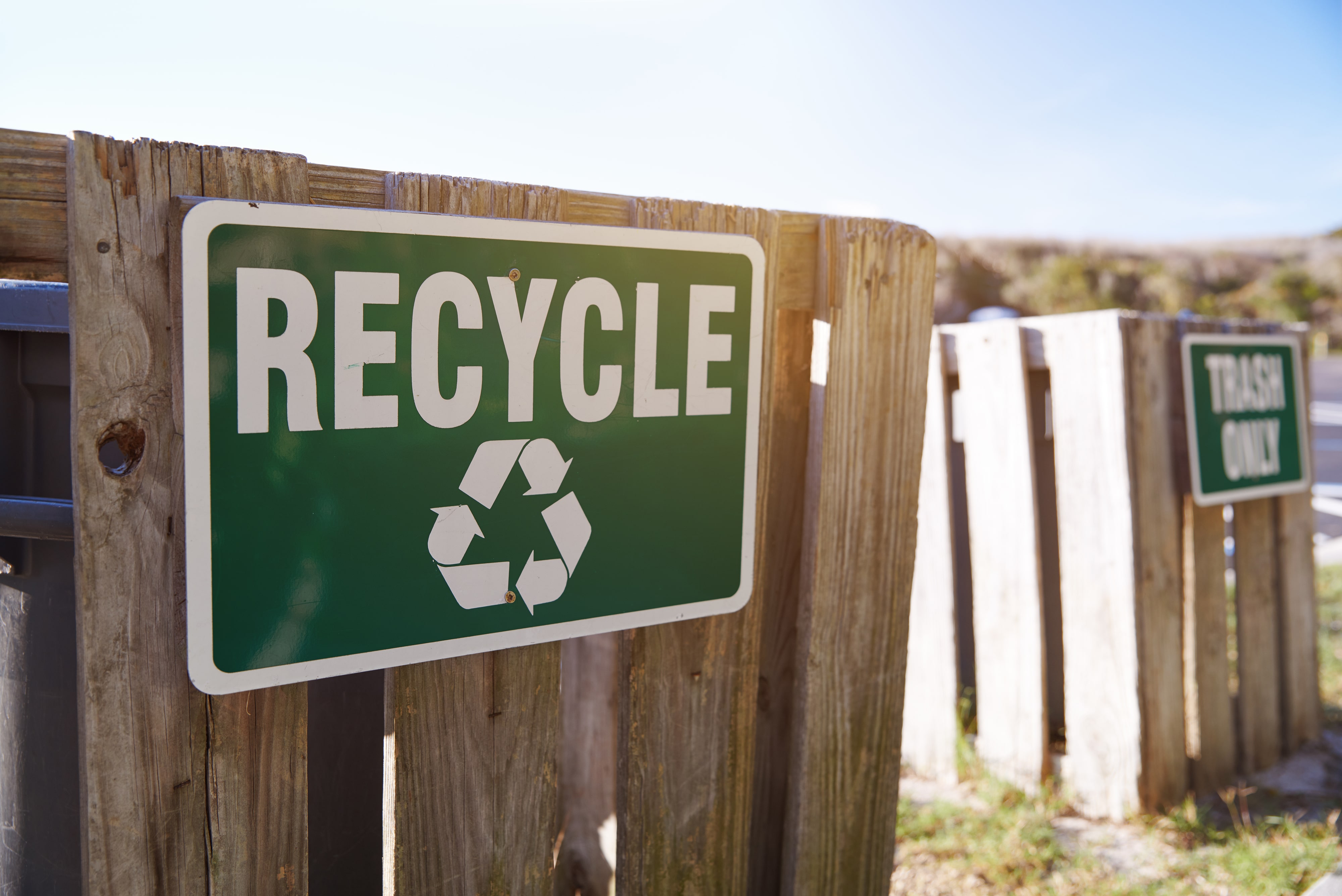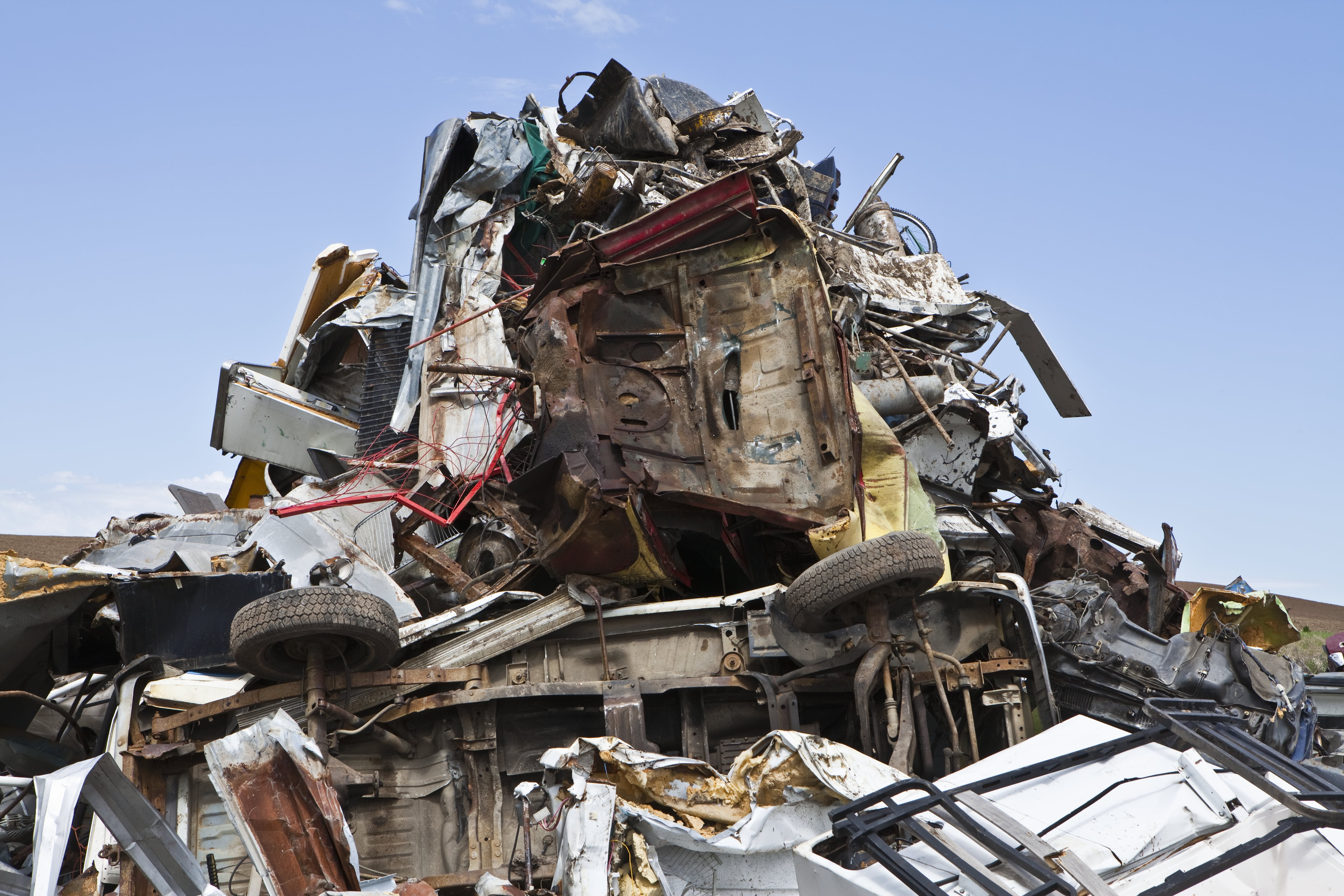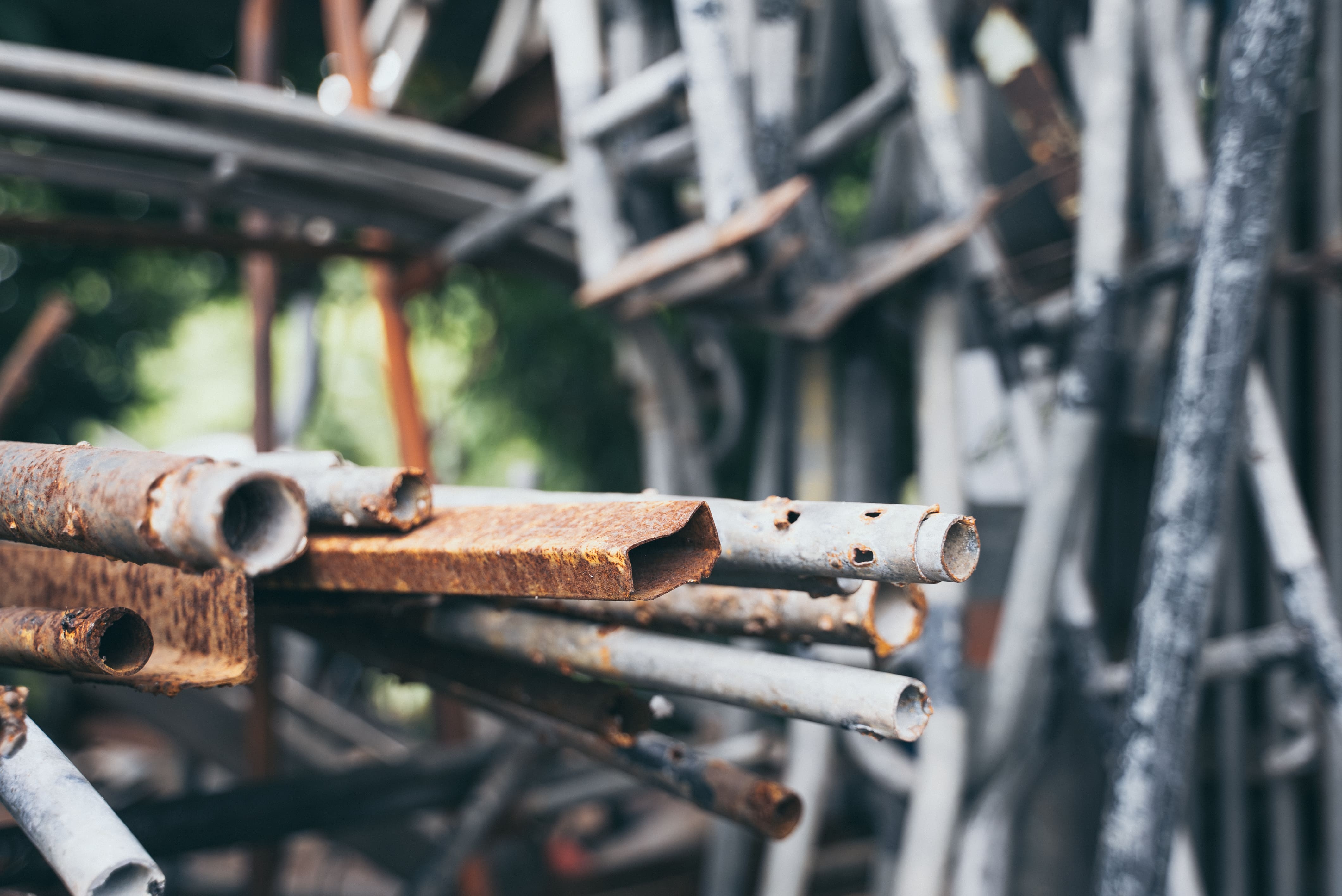Waste & material traceability solution for sustainable facilities

The need for efficient resource management and sustainable production are more vital than ever before as the irreversible damage point to ourselves and the Earth is closer than ever. To meet this requirement, we need a perspective focusing on the cycle, which will enable us to see the root cause of the crises and give us the keys to real change. To look out for a circular format, perception and elements of management system in businesses should also change. For this, we need inter-company collaboration and a view that considers utility maximization as well as profit. Namely, a macro-scale circular economy based on recyclable and reusable products.
The new models that move forward with developments such as the European Green Deal and Sustainable Development Goals, with the motto “Greener together,” also concern the future of waste disposal and management, especially the future of recycling business. Now, new models are designed for recycling every material, especially production materials such as plastic, glass, chemicals, and metal, which are heavily consumed and pose potential health risks with the pollution they create.
Looking at these studies, we see that the raw material with the highest recycling potential is metal. Is recycling of metals a viable alternative of metal extraction really? Yes! Unlike plastic and glass, the recycling rate and potential of metals are quite high, and the gains obtained with the recycling of scrap metal are also significant. So, why is it good to recycle scrap metal?

To understand the scrap metal recycling market and its importance for sustainability, we must first answer this question: What is scrap metal recycling?
Scrap metal are waste metals like vehicle parts or building leftovers that can be recycled for new products. Accordingly, scrap metal recycling is based on recovering metals from end-of-life products and their reprocessing and repeated use as raw material. Being able to be reused over and over without any degradation makes the scrap metal recycling industry a vital pillar of a sustainable economy by reducing carbon emissions and efficient use of resources.
Steel is the only major material capable of meeting the demands of a macro-scale circular economy because 85-90% of the steel products are already recycled. After all, it’s hard to see how resources can be used more efficiently than scrap metals, with almost everything running on a take-waste model!
Sustainable actions take shape on the three intercycle pillars: Environmental, economic, and social. Of course, scrap metal recycling services also fulfil these essential sustainability components. Let’s see together how.
Also, one of the areas most affected by the pandemic was steel production, and steel prices continue to increase. Unfortunately, prices are expected to remain high following years. Because the infrastructure required for the transition to the green economy also requires a lot of steel! Hence, we can pass to the green economy with green and cost-effective methods.
The transition to a green and circular economy can be rooted in the transformation from society. Awareness and common practices of recycling are the most important pillars. Scrap metal recycling industry trends encourage the active participation of individuals in the process both because metal is in everyone’s life.
For example, a single ton of reused steel saves 2,500 pounds of iron ore, 1,400 pounds of coal, and 120 pounds of limestone. We haven’t even added the destruction of nature caused by mining activities, the intense use of energy and fossil fuels, and the carbon emission rates! In addition, landfill emissions can also be minimized by recycling, and a precious natural resource can be used for much more valuable work.
The importance of scrap recycling is evident for a sustainable future, but how can metal be recycled? What happens to scrap metal at recycling centers and before?

Scrap metal goes through a careful collection and sorting process before it arrives at metal recycling places. But, what types of scrap metal can be recycled?
Although all metals, except for containing toxic substances, can be recycled, those with the highest recycling rate are ferrous ones -like carbon steel- and non-ferrous metals, namely copper and aluminum. So where are all these metals collected, and where to recycle metal? What are the stages of scrap metal processing? Let’s explain!
The high potential of scrap metals would be lost without an efficient scrap metal recycling business plan and optimized practices. Therefore, the most urgent need of the global scrap metal recycling market is a modern waste management system that will provide a seamless process flow from scrap yards to metal recycling facilities, namely, Evreka!

Evreka was founded by a team that understands the importance of waste management for a cleaner, greener, and livable world. Thus, its digital and sustainable waste management solutions have spread to more than 20 countries in a short time. Still, EvrekaCrew deals with every detail from smart waste collection to route optimization and also pays special attention to recycling and Extended Producer Responsibility (EPR).
Hence, if you did not find what you are looking for the scrap yard management system and scrap metal recycling software, or an answer for how to start scrap metal recycling business, you are in the right place! How would you like to review the Evreka products that will be most useful to your business?
Suppose you have agreed with companies, individuals, or public institutions to collect scrap metal. Maybe, you have trouble following the path of the waste going from the scrap yard to the metal recycling facilities and from there to the factories. This module combines wonderfully with Evreka’s hardware solutions and lets you know everything in vehicles. Also, it promises route optimization, efficient fuel use, time, and cost savings. But how?
How about taking a look at Operations Management that Evreka offers, which allows you to manage almost everything from Asset Management to Route Optimization together? Thanks to this module, managers can:
MRFs are facilities where all recyclable materials are collected, sorted, and prepared for recycling. Evreka’s all solutions control and regulate the demands, stocks, and prices in these facilities, as well as data analysis and management thanks to the specially designed MRF Management. This way:
If you are interested in the scrap metal business and want to be a part of the green economy and sustainable development, meet Evreka’s digital waste management world. Contact us today and learn all about the intelligent Evreka solutions!